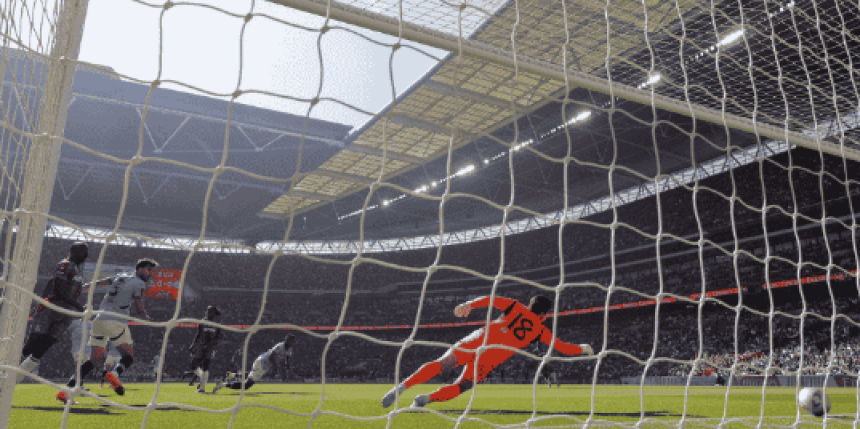
How Bookmaker Odds Shape the Sports Betting Market
Introduction
Bookmaker odds are more than just numbers on a screen. They are a reflection of probability, market sentiment, and the intricate dance between risk management and player psychology. Understanding how these odds are formed and adjusted offers deep insight into the sports betting world and reveals how betting markets function behind the scenes.
The Role of Probability in Odds Creation
At the heart of every kèo nhà cái operation is probability. When setting odds, bookmakers estimate the likelihood of each potential outcome in a given event. However, unlike pure statistical models, their odds don’t only reflect actual probabilities—they include built-in margins to ensure profitability. This creates a subtle but important distortion known as the “overround,” which is essentially the bookmaker’s advantage. Bettors often overlook this built-in edge, assuming that odds are objective reflections of an event’s chances.
Market Influence and Real-Time Adjustments
Bookmakers don’t set odds once and forget them. Instead, odds fluctuate constantly as the market moves. When large volumes of money are placed on one outcome, bookmakers adjust their odds not only to reflect changing probabilities but to balance their risk. If too many people bet on a favorite, the bookmaker lowers the odds to dissuade further betting, while raising the odds for the underdog to attract action and balance the books. These real-time changes are influenced by injuries, team news, weather conditions, and insider information, making odds a living indicator of sentiment and risk.

Public Bias and Emotional Betting
While data plays a major role, bookmakers also account for human behavior. Public bias often skews betting markets. Casual bettors tend to favor well-known teams, star players, or romantic underdogs. Bookmakers anticipate these trends and adjust odds accordingly. This can result in “inefficient odds,” which do not reflect true probability but are shaped to exploit bettor behavior. Savvy bettors who recognize such patterns can take advantage of this by placing bets where public perception diverges from reality.
Odds as a Market Language
Bookmaker odds speak a universal language for bettors across the globe. Whether expressed in decimal, fractional, or American formats, they represent not just payouts, but confidence levels and perceived chances. Learning to “read the odds” fluently means interpreting more than just numbers—it involves seeing through the psychology, understanding bookmaker strategy, and aligning statistical insight with value-based decision-making.
Conclusion
https://keonhacai5.poker/ are central to the ecosystem of sports betting. They are influenced by math, psychology, and real-time market behavior, making them far more dynamic than they appear. By understanding the logic and strategy behind odds creation, bettors not only improve their chances of success but also begin to see betting as a structured and strategic endeavor rather than a game of chance.





